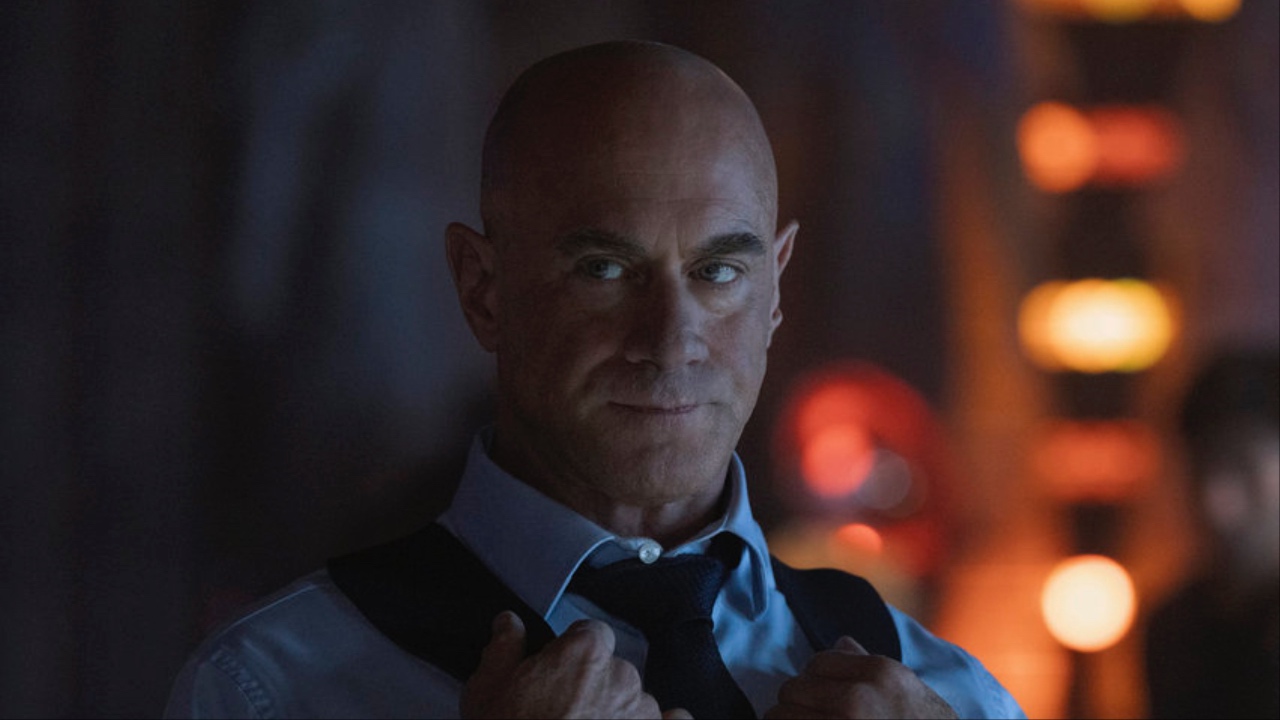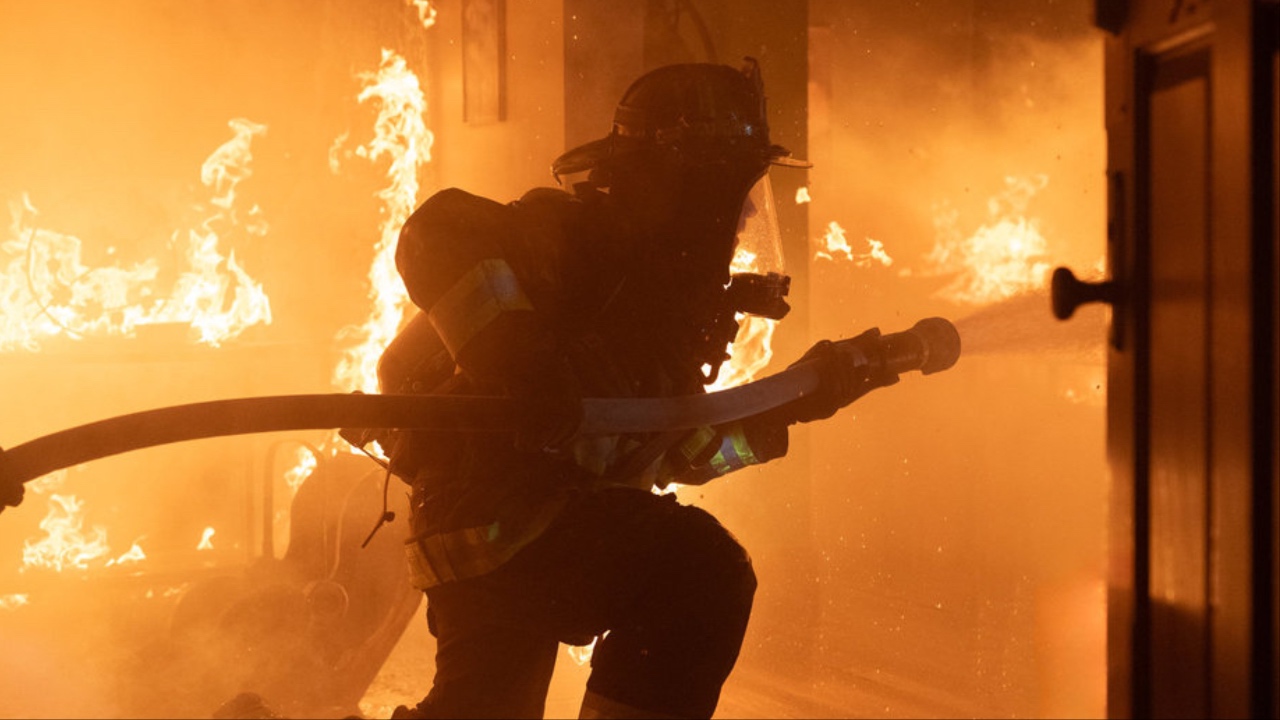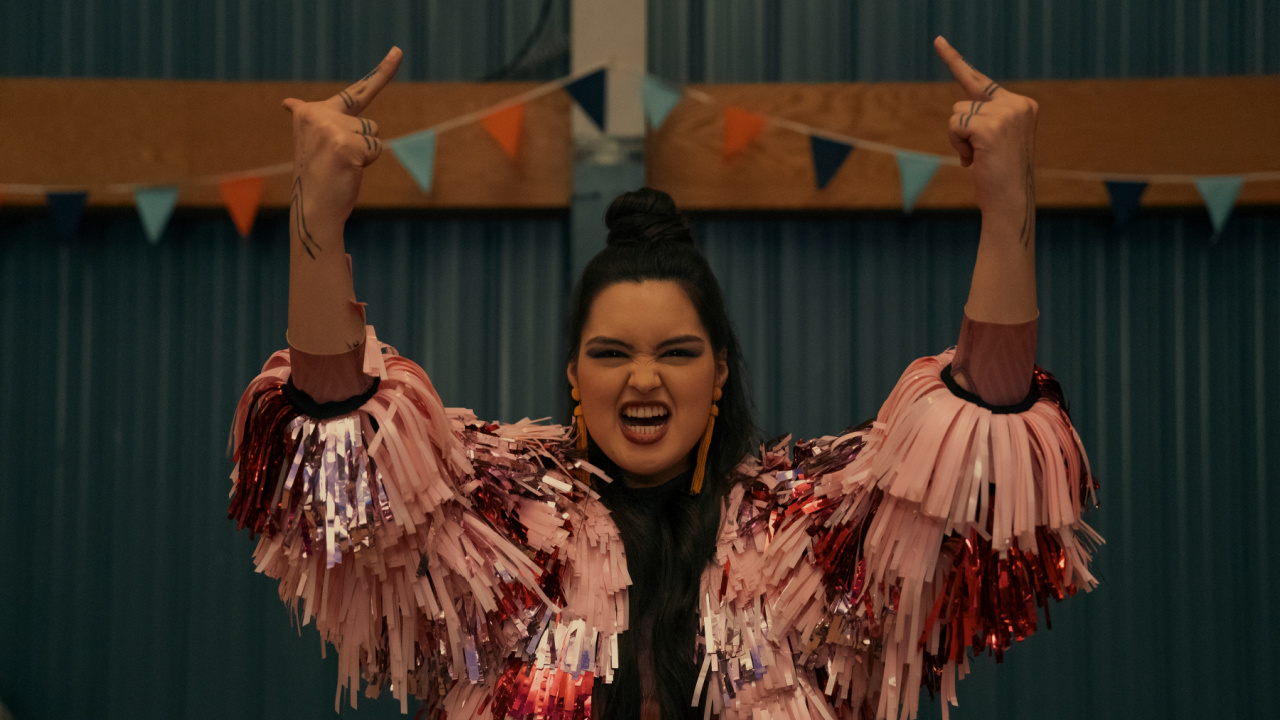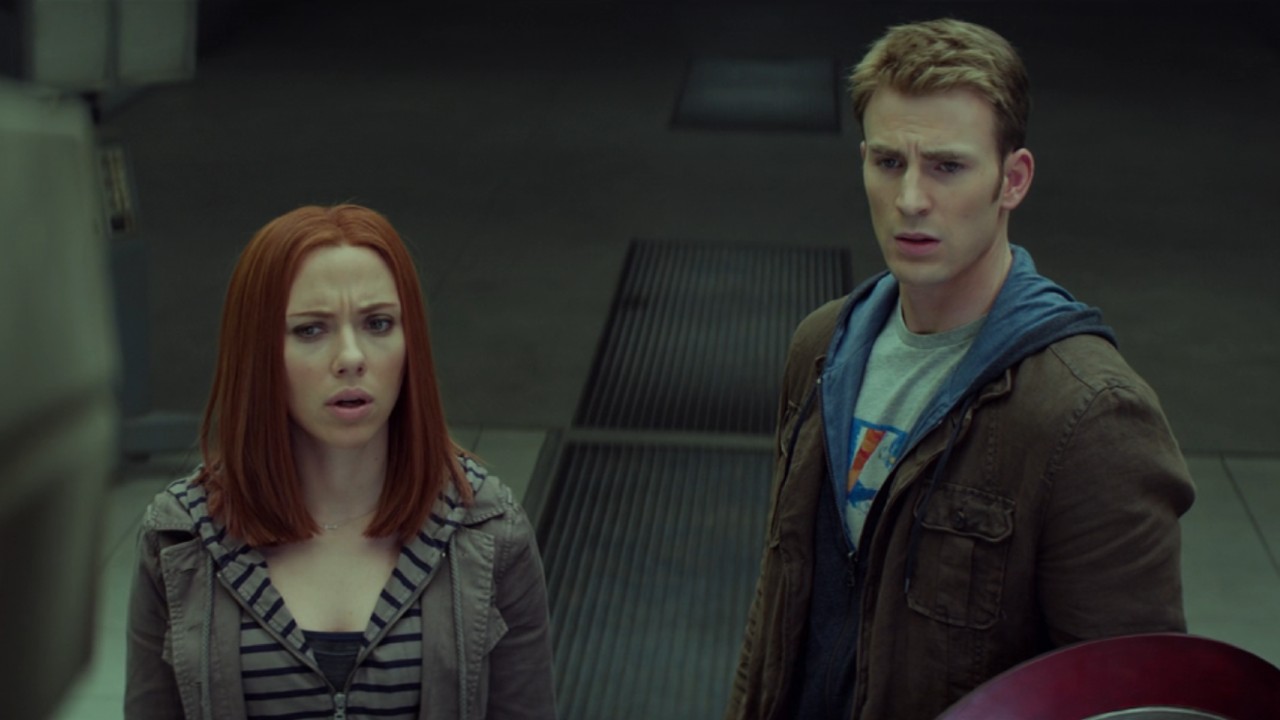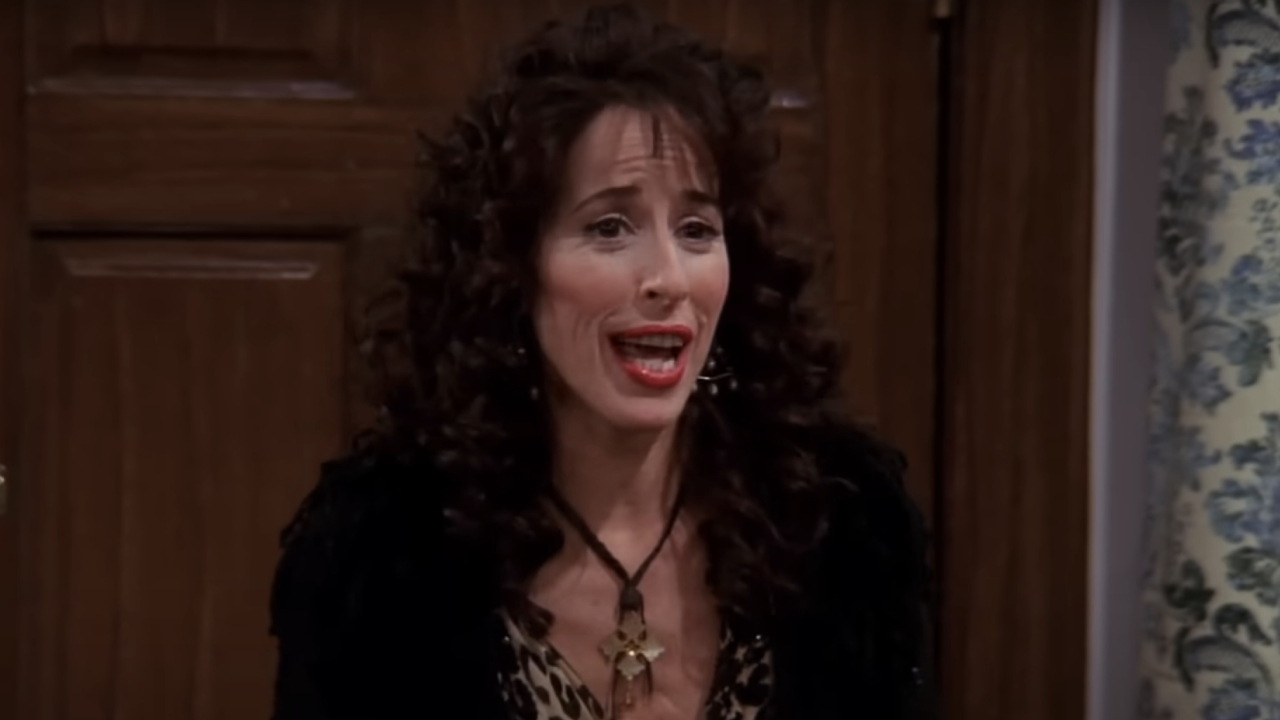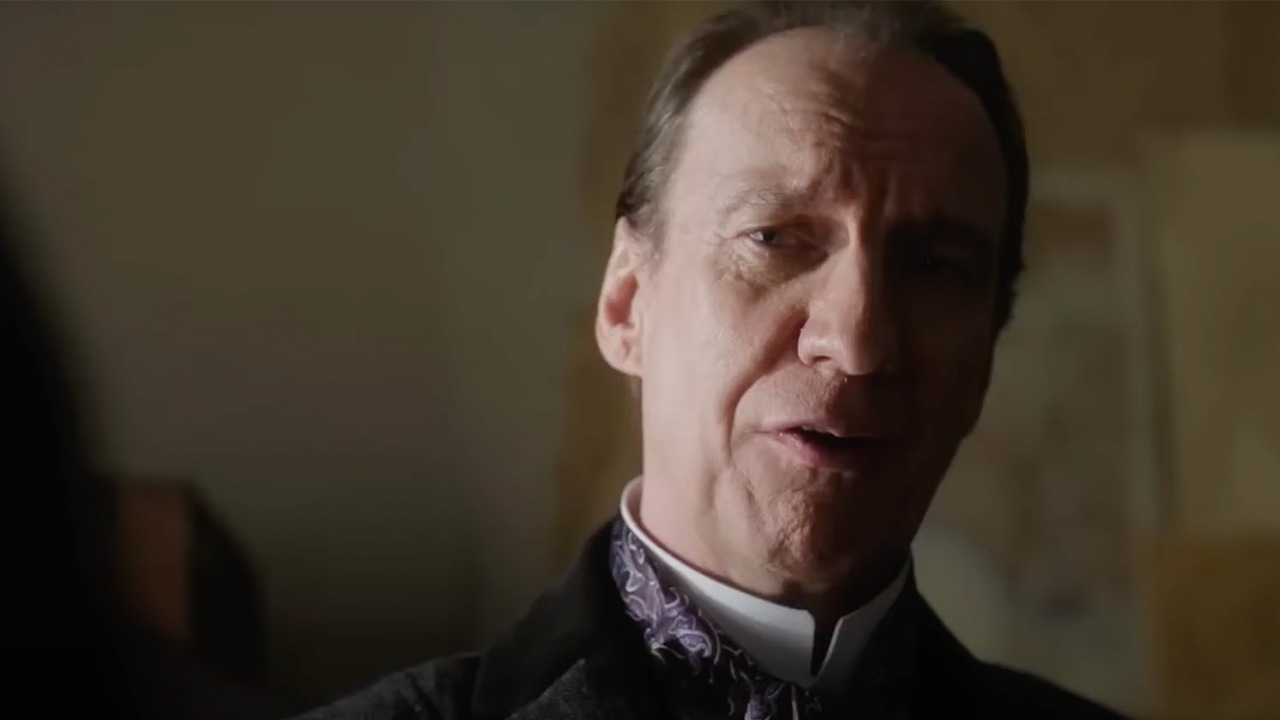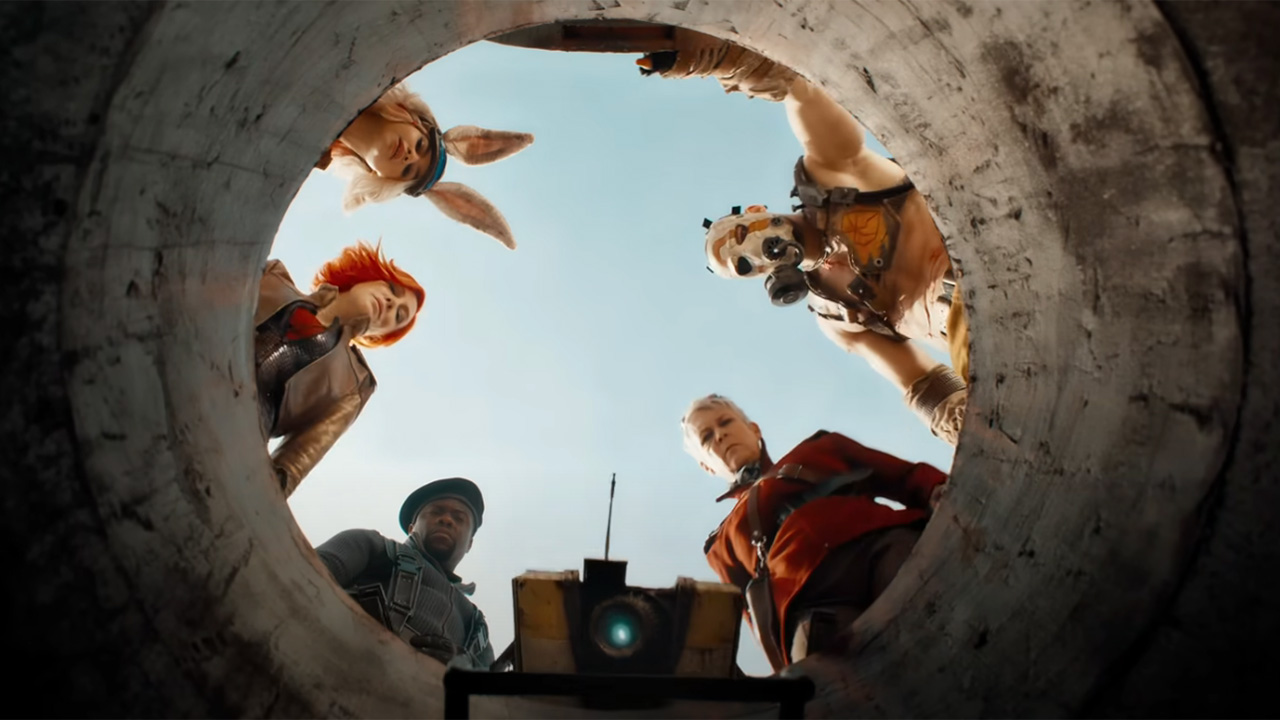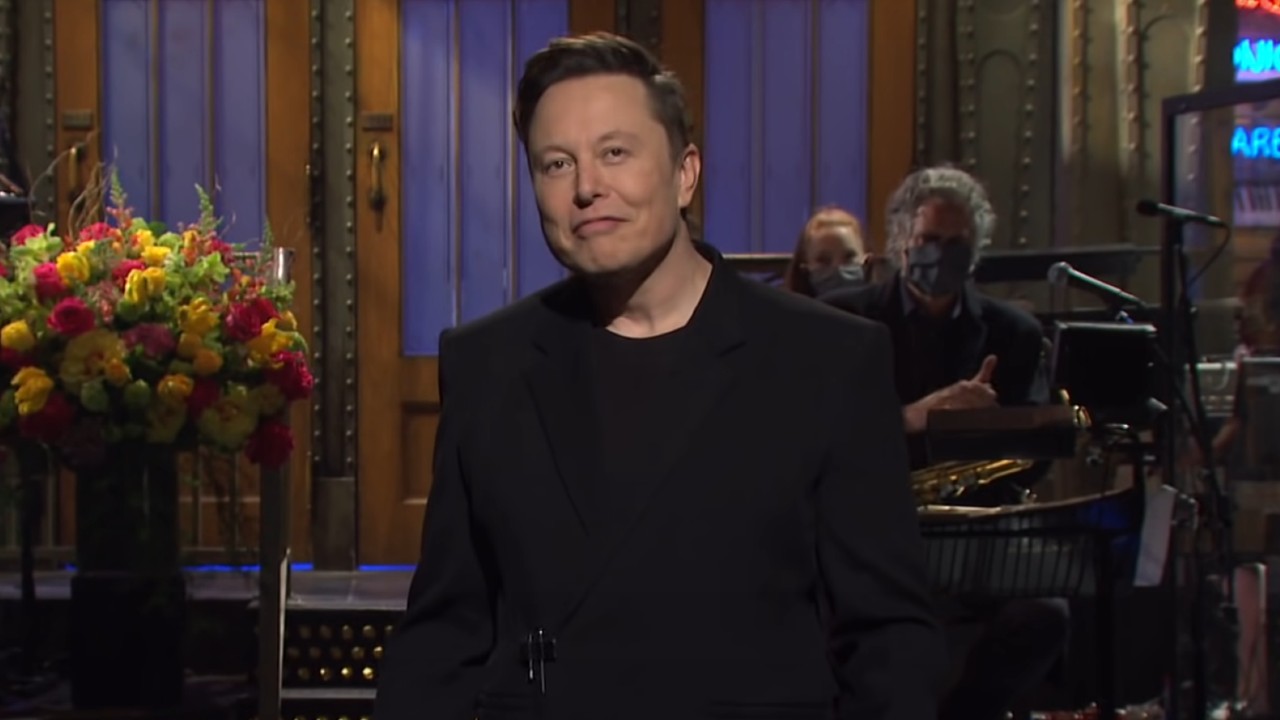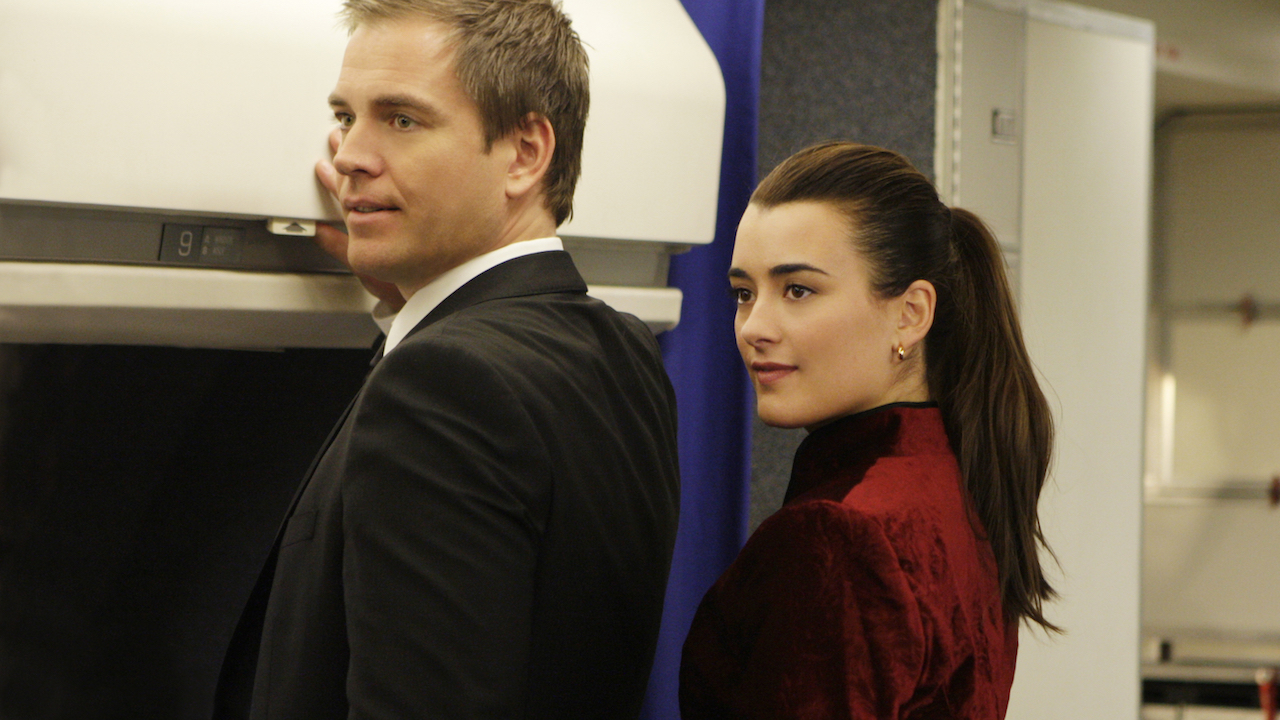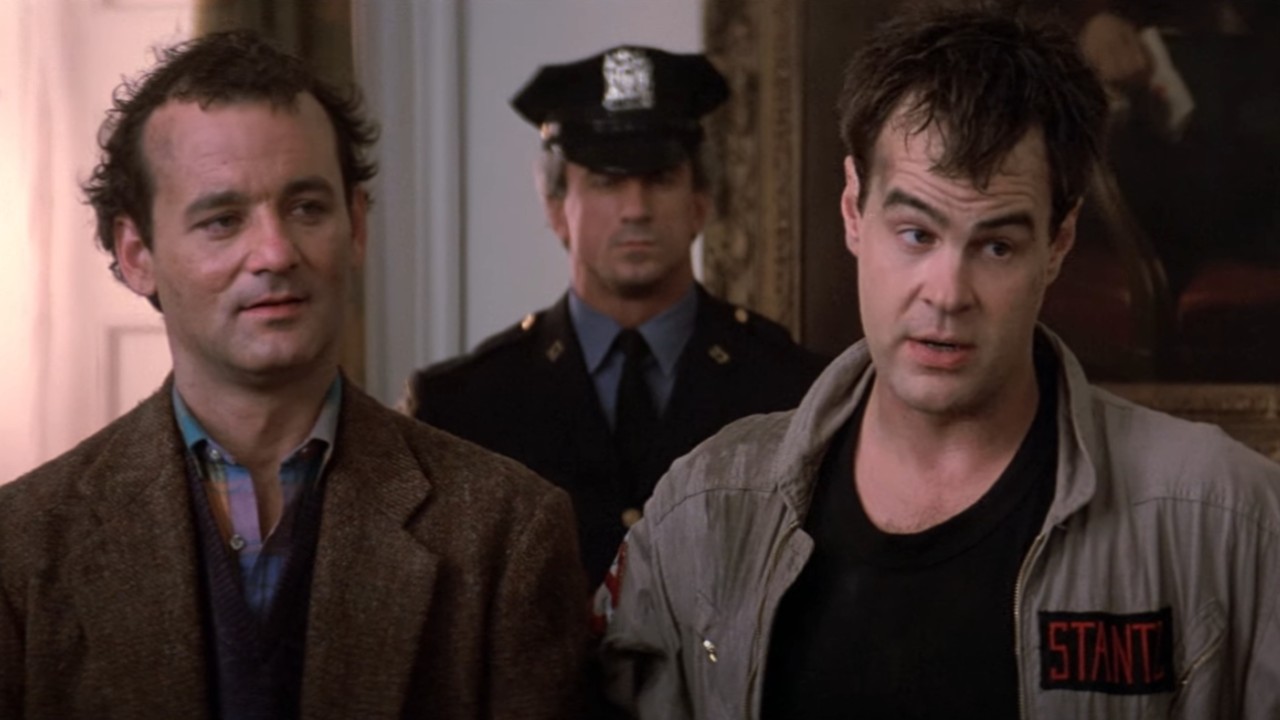How Alita: Battle Angel Brought Its Crazy Motorball Sequence To Life
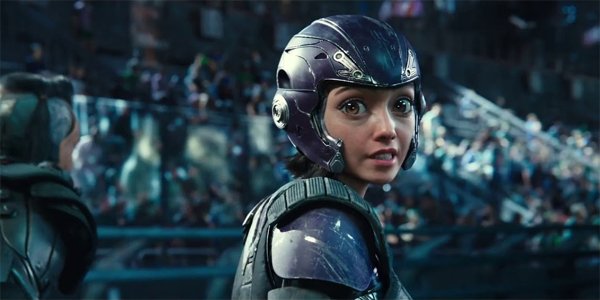
Robert Rodriguez’s Alita: Battle Angel is a very faithful adaptation of its beloved source material, but it does make one notable change. Borrowing an element that isn’t introduced in the manga until closer to the middle of the series, the film introduces audiences to the violent sport known as motorball: a deadly, dangerous game played by cyborgs at high speeds.
It’s an interesting addition not only from a visual effects perspective, but also in the movie’s storytelling – and I felt compelled to ask about it when I interviewed Robert Rodriguez, star Rosa Salazar, and producer Jon Landau during the movie’s domestic press day in Los Angeles earlier this month.
Sitting down with the trio in a recreation of one of the sets from the movie, my first question was about the introduction of motorball to Alita: Battle Angel and the challenges of bring it to life – and Robert Rodriguez opened by saying that there was a mix of positives and negatives within the execution. In the case of the former, for example, the film doesn’t actually feature any full scenes of the sport being played, so that took a bit of narrative weight off their shoulders and allowed the production to have a bit more fun with it:
It wasn't in the two books that [James Cameron] was adapting into the script, but he pulled it out of book three and four. He said, 'I think fans of the manga would be really upset if they got an Alita movie and there's no motorball. And he found a really cool way to use it where they're not even playing the game; they're all just trying to kill her - which I thought was awesome because then it's more character driven.
Writing the script, James Cameron handed Robert Rodriguez a pretty handy shortcut that avoided a sequence dedicated to explaining the rules of motorball… but that was just one item taken off of a still very full plate. Just because there was no need for an exposition dump (one that notably didn’t actually exist in the manga either) didn’t mean that the filmmakers didn’t have to still figure out the mechanics of the sport, and that process created its own special issues.
As an example, the director explained how even figuring out how fast the characters needed to go was a process with hurdles. While the Alita: Battle Angel source material did provide some guidance, the practicalities of filmmaking required a few alterations in the physics department, which then themselves required further alterations in other areas. Rodriguez explained,
I did a bunch of speed tests really early on, just with some animatics in Austin, trying to figure out how fast they really needed to be going so that it would feel fast – because it was always described as being like a 100 mph. Which, you know, when you put it on a track, because the track doesn't have a lot of discernible visuals, it just didn't seem fast enough. So it's more like 400 mph just to get it, and that means right away we're out of track, so we had to just keep elongating the track. There's a lot of cheats in there to get the feeling, this breathless feeling of the track.
Of course, just because Robert Rodriguez and James Cameron didn’t fully outline the rules of motorball in the making of Alita: Battle Angel doesn’t mean that they’ve cast the task aside permanently. While the making of this movie didn’t make that job a requirement, Rodriguez added that it’s something that would certainly be done for a sequel:
Because the story point was just that they were trying to kill her. We can just throw that out the door and go, 'Okay. As long as it feels like there's some sport being played, we don't really have to figure it out in this movie. We will eventually!
As for the performance perspective, the majority of the professional motorball sequence is primarily brought to life with pure visual effects – but that doesn’t mean that Rosa Salazar was totally sidelined for the experience. Obviously she wasn’t strapped to any kind of machine that would whip her around at 400 mph, but there were particular parts in the making where her talents were required.
CINEMABLEND NEWSLETTER
Your Daily Blend of Entertainment News
Speaking to her work on the motorball scene, Rosa Salazar noted that the work was a bit more fractured, but could highlight the moments her involvement (primarily involving close-ups and dialogue) – with Robert Rodriguez chiming in to add an extra detail.
Rosa Salazar: Here's the thing - there were specific moments during all of those motorball battles that we actually shot separately. When he's trying to push my head into the ground and I break... a couple of different moments. Obviously right before I bust through the glass at the starting line, 'Take it easy on me, guys.' Taking off. All of those things were shot.Robert Rodriguez: We had a start line where all of them were together and she could actually interact with everybody. Even though all their bodies were going to be replaced, we still had to photograph all of their faces.
You can watch Robert Rodriguez and Rosa Salazar discuss the process of bringing the motorball sequence to life by clicking play on the video below:
If you’re now totally pumped to see this insane action on the big screen, the good news is that you can do it right now. Alita: Battle Angel – which has Rosa Salazar joined by an outstanding cast including Jennifer Connelly, Christoph Waltz, Mahershala Ali, Ed Skrein, and more – is now playing in theaters everywhere. We’ll have plenty more about the film coming your way in the next few days as it fights its box office competition during the Valentine’s Day weekend, and be on the lookout for more behind the scenes stories.
Powered by RedCircle
For more of what’s coming to a theater near you in the weeks and months ahead, be sure to check out our 2019 Release Calendar.

Eric Eisenberg is the Assistant Managing Editor at CinemaBlend. After graduating Boston University and earning a bachelor’s degree in journalism, he took a part-time job as a staff writer for CinemaBlend, and after six months was offered the opportunity to move to Los Angeles and take on a newly created West Coast Editor position. Over a decade later, he's continuing to advance his interests and expertise. In addition to conducting filmmaker interviews and contributing to the news and feature content of the site, Eric also oversees the Movie Reviews section, writes the the weekend box office report (published Sundays), and is the site's resident Stephen King expert. He has two King-related columns.
Chris Evans Pens Sweet Tribute To ‘Older Sibling’ Scarlett Johansson, And Now I Really Need To See Them Team Up For Another Movie
Bowen Yang And Kelly Marie Tran Open Up About Crew Members Sharing What It Felt To Work On A Queer Set For The Wedding Banquet: 'It Just Felt Really Magical.'

